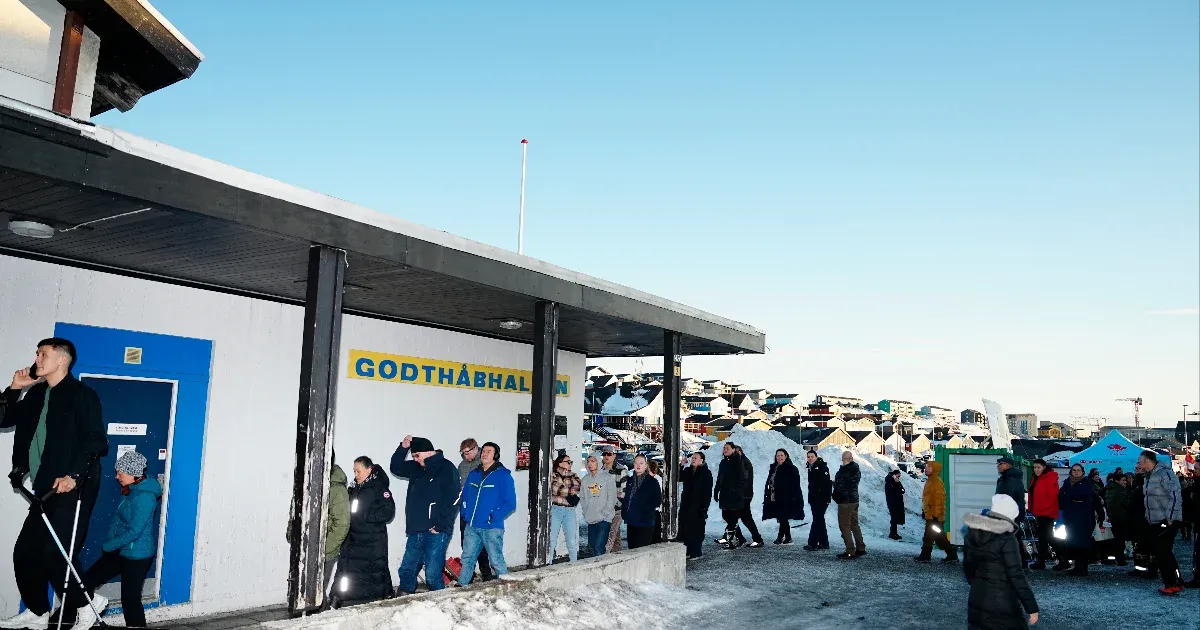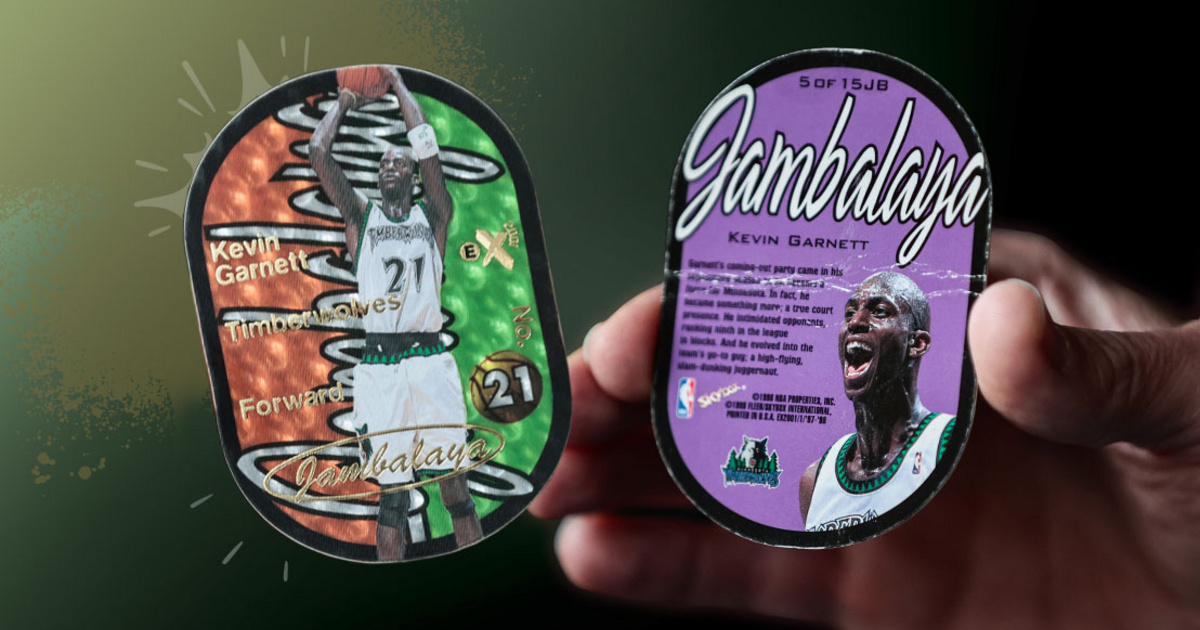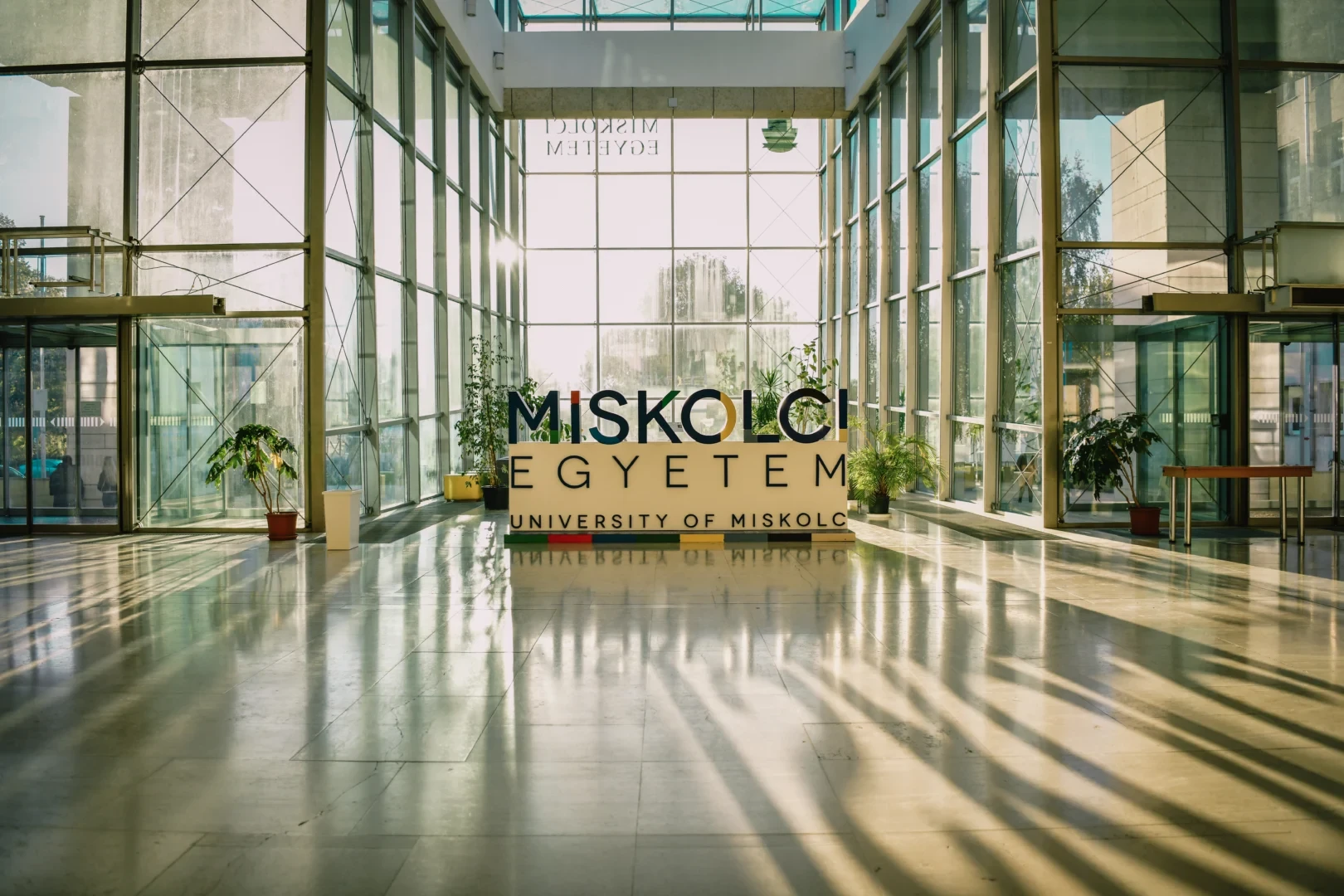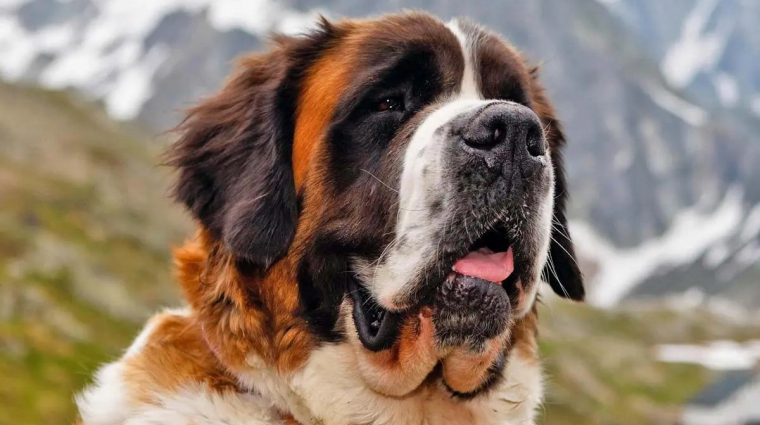A study by scientists from the University of Utah Health revealed the important role of microglia, a small type of cell in the brain, in regulating behaviors associated with anxiety. The study discovered that certain populations of microglia can trigger anxiety and obsessive-compulsive (OCSD) behaviors, while others inhibit them. This groundbreaking research refutes the previous belief that neurons, the dominant type of brain cell, are the sole controllers of behavior.
University of Utah health scientists have discovered that microglia, a subtype of brain cell, play a key role in regulating behavior in anxiety and obsessive-compulsive disorder (OCSD). By stimulating specific populations of microglia, researchers can activate or inhibit these behaviors in mice. This new insight challenges the belief that neurons are the sole controllers of behavior and offers a promising avenue for therapies to treat anxiety.
The pandemic and its consequences have raised anxiety to a new level. But the roots of anxiety-related conditions, including obsessive-compulsive disorder (OCSD), remain unclear. In a new study, University of Utah health scientists provide insight into the importance of a secondary brain cell type, microglia, in regulating anxiety-related behavior in laboratory mice. Traditionally, neurons—the dominant type of brain cell—were thought to control behaviour.
The researchers showed that, like the buttons on a game controller, certain populations of microglia activate anxiety and OCSD behaviors, while others inhibit them. In addition, microglia communicate with neurons to induce behaviour. The results published in the journal Molecular PsychiatryThis may eventually lead to new approaches to targeted therapies.
Health scientists at the University of Utah have gained insight into the importance of a secondary brain cell type — microglia — in regulating anxiety-related behaviors. The findings could lead to new approaches for targeted therapies. Credit: Charlie Elert, University of Utah Health
“A little worry is a good thing,” says Mario Capecchi, a Nobel Prize winner and professor of human genetics at the University of Utah’s Spencer Fox Eccles School of Medicine and lead author of the study. “Anxiety motivates us, motivates us, and gives us that extra push that says, ‘I can do this.’ But a great deal of anxiety surrounds us. We get mentally paralyzed, our hearts beat faster, we sweat, and confusion settles in our minds.”
“This work is unique and has challenged current dogma about the role of glia function in the brain.”
The newly identified mechanisms may be important in maintaining behavior within a healthy range under normal conditions. According to Capecchi, under pathological conditions, the mechanisms can lead to behavior that becomes debilitating.
“This work is unique and has challenged current dogma about the role of microglia function in the brain,” says Naveen Nagajaran, PhD, geneticist and neuroscientist at U of U Health and lead author of the study.
Microglia treatment
Mice with OCSD-like behavior cannot resist grooming on their own. They lick their bodies so much that their fur falls out and pimples. Earlier, Capecchi’s team discovered that a mutation in a gene called Hoxb8 caused mice to show signs of chronic anxiety and over-conditioning. Unexpectedly, they found that the source of these behaviors was an immune cell called microglia. Microglia represent only 10% of brain cells, and they are the brain’s “garbage collectors” that have scavenged dying neurons—the most common brain cells—and abnormally shaped proteins. Their findings were among the first to reveal that Hoxb8 microglia play an important role in regulating behavior by communicating with specific neuronal circuits.

Dear Professors Mario Capecchi, Ph.D., and Naveen Nagagaran, Ph.D., University of Utah. Credit: Charlie Elert, University of Utah Health
But how microglia perform these tasks has remained a mystery. To find out more, Nagajaran turned to optogenetics, a technique that combines laser light with genetic engineering. Similar to video games, use lasers to stimulate specific groups of microglia in the brain.
To the researchers’ surprise, they can trigger anxiety-related behavior by flipping a switch. When a laser was used to stimulate a subpopulation of Hoxb8 microglia, the mice became more restless. When the laser stimulated Hoxb8 microglia in other parts of the brain, the mice were predisposed. Targeting Hoxb8 microglia elsewhere had multiple effects: The mice increased anxiety, braced themselves, and then froze, a sign of fear. When the scientists turn off the lasers, this behavior stops.
“It was a big surprise for us,” says Nagarajan. Traditionally, it is believed that only neurons can generate behaviour. The current findings highlight another way in which the brain uses microglia to generate behavior.” Indeed, stimulating microglia with a laser made its neighboring neurons fire more vigorously, suggesting that the two types of cells communicate with each other and drive different behaviors.

Dear Professors Mario Capecchi, Ph.D., and Naveen Nagagaran, Ph.D., University of Utah. Credit: Charlie Elert, University of Utah Health
Further experiments revealed another control layer with a population of microglia not expressing Hoxb8. Simultaneous stimulation of ‘non-Hoxb8’ and Hoxb8 microglia prevented the development of anxiety and OCSD-like behavior. These results indicate that two groups of microglia act as brakes and accelerators. Under normal circumstances, they balance each other out and create pathology when the signals are out of balance.
The research shows that the location and type of microglia are two characteristics that appear to be important in the regulation of anxiety behavior and OCSD. From there, the microglia communicate with specific neurons and neuronal circuits that ultimately regulate behavior, Capecci says. “We want to learn more about the bidirectional relationships between neurons and microglia,” he says. We want to know who is responsible for this. Identification of these interactions in mice may lead to therapeutic targets for controlling excessive anxiety in patients.
Reference: “Optogenetic stimulation of mouse Hoxb8 in specific brain regions causes anxiety, grooming, or both” By Naveen Nagarajan and Mario R Capechi, 10 Apr. 2023, Available here. Molecular Psychiatry.
DOI: 10.1038/s41380-023-02019-w












































